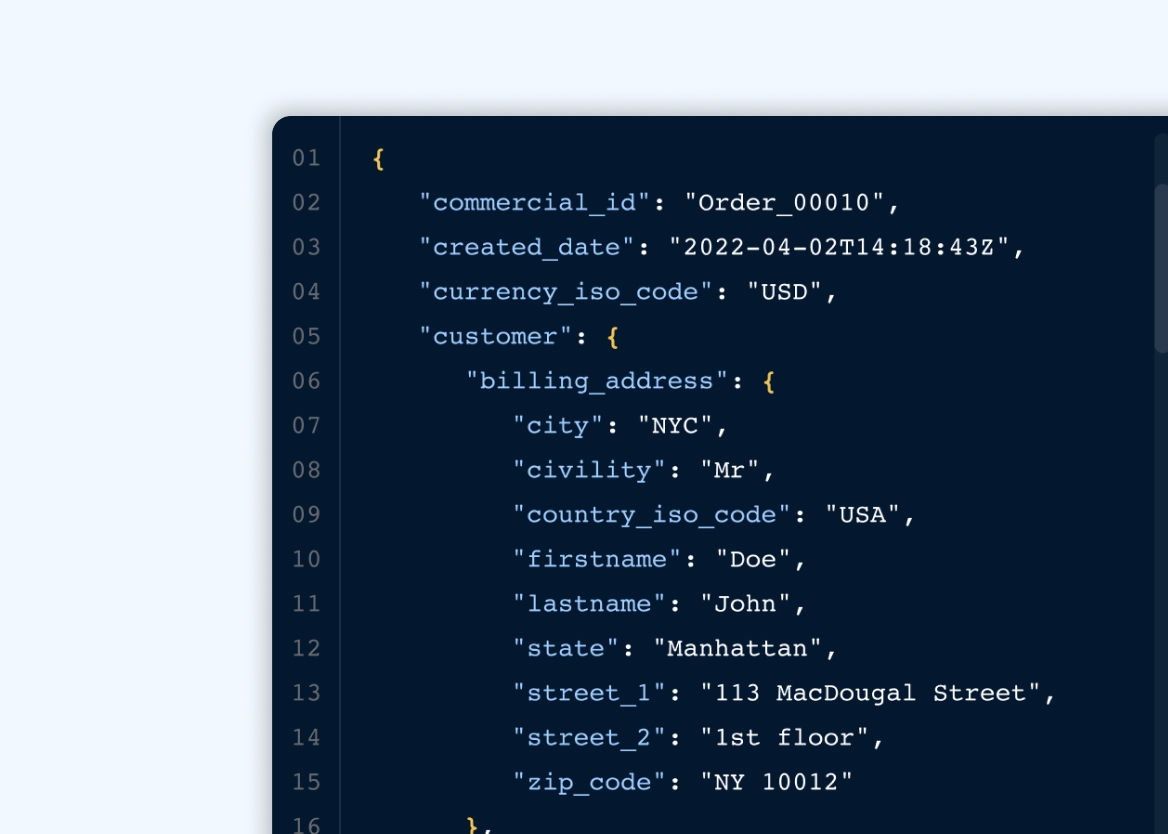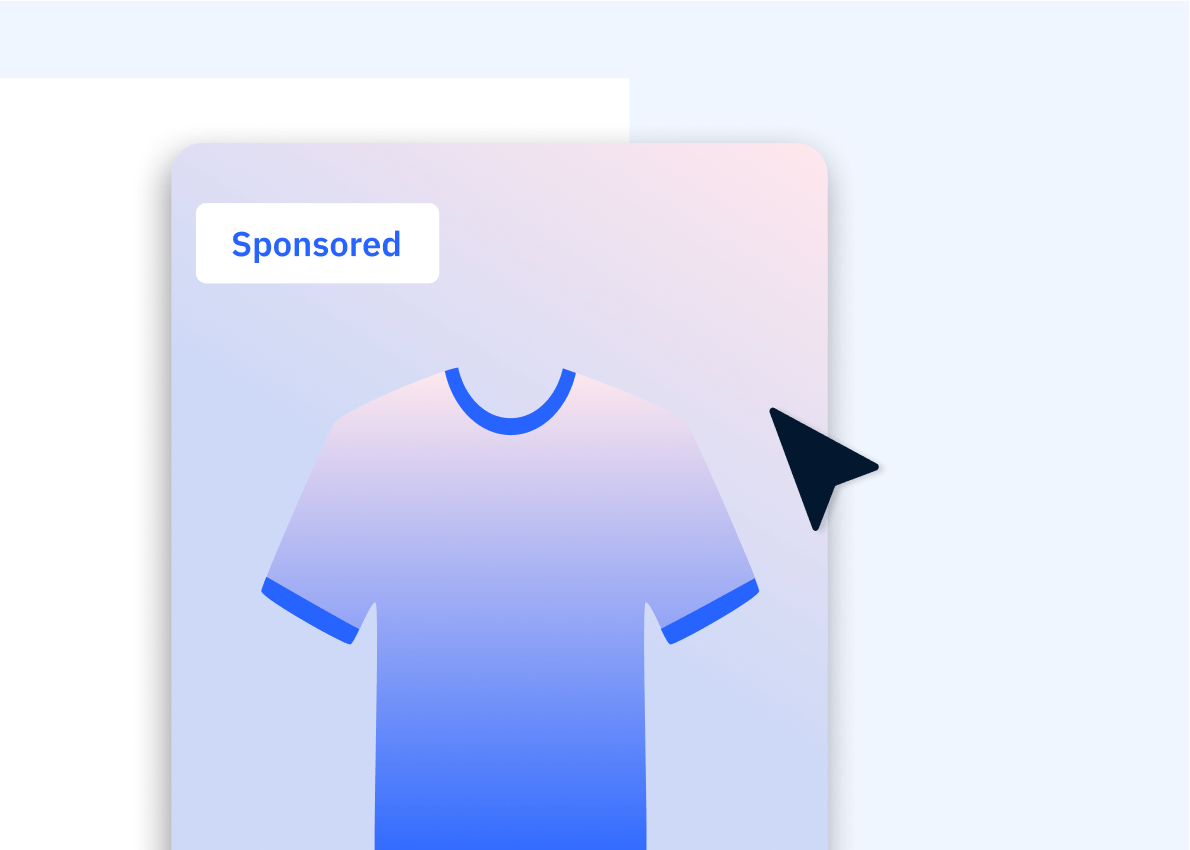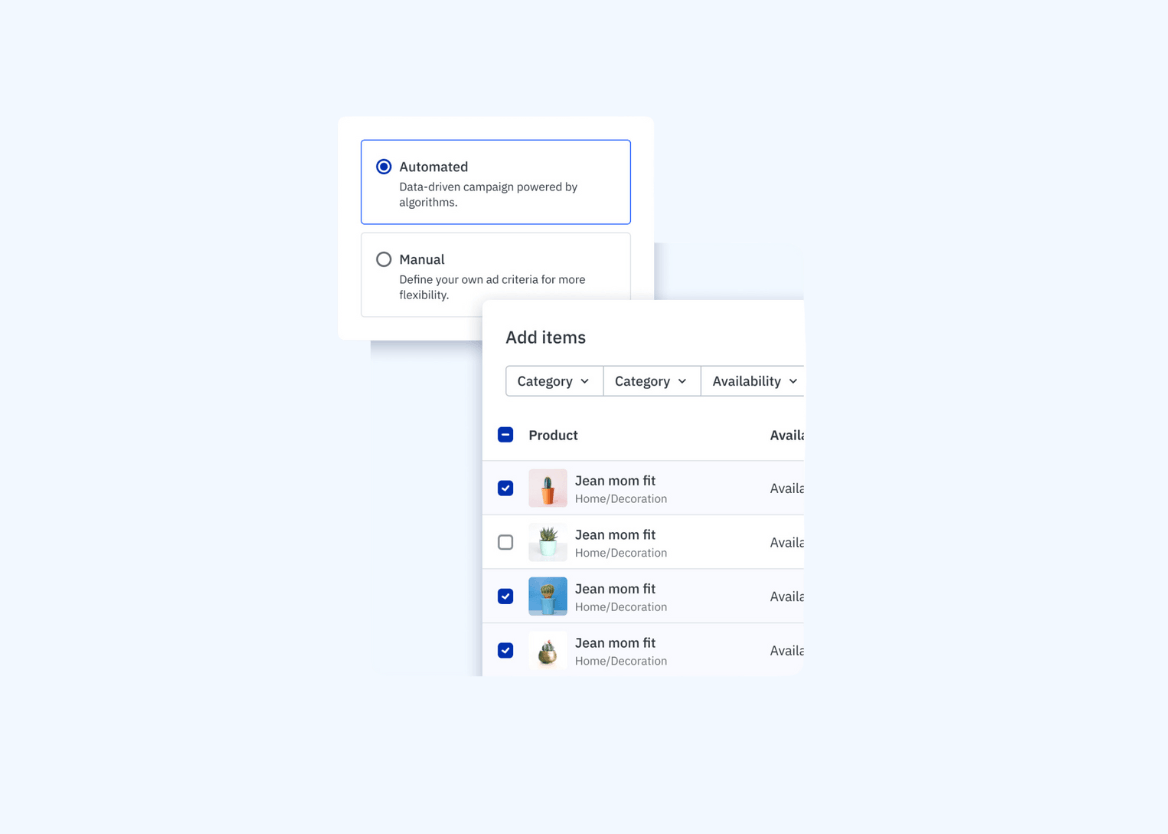Buy vs build: Rethinking in-house retail media in a market that moves fast

More and more retailers are choosing to build their own retail media platforms, as it offers control, customization and the ability to tailor features to their business needs.
In some cases, these platforms are the result of early investments made before off-the-shelf solutions were viable. In others, they're a strategic bet on the long-term value of full autonomy.
But the retail media landscape is evolving fast. What was once a niche initiative is now a global, $100B+ opportunity. As the space grows, so do the demands on the underlying technology — and so does the burden of building and maintaining it in-house.
It’s no longer just a question of "can we build it?" but "can we build it fast enough, smart enough and cost-effectively enough to keep up with competitors?"
How we got here
Retailers today need more than autonomy and customization from their retail media platforms. They need speed, scale and sustained innovation, especially if they want to unlock the full growth potential retail media provides.
That’s where dedicated, self-serve retail media tech partners can make the difference. They offer infrastructure that evolves in step with the market, without draining internal resources or delaying time to revenue.
Here are four factors to consider when weighing whether to build or buy.
1. Time and cost: Building takes longer than you think
Retail media has grown far beyond a simple search UI. It now encompasses auction engines, relevance algorithms, bid optimization, forecasting, campaign management and self-serve tools, all stitched into your commerce stack and constantly evolving.
At Mirakl, it took us two years to build our platform. Amazon launched its retail media business in 2012, and that didn’t become a true growth engine until 2018. If you're building in-house, be prepared for a multi-year timeline just to have a shot at reaching parity with today’s market standards.
2. Advertiser adoption: Scale is a barrier
The top 100 advertisers might be willing to adapt to your in-house system, but beyond that, the learning curve becomes a liability. Mid-market brands and marketplace sellers expect familiar workflows, automated support and self-serve tools. Without those, it’s harder to attract spend.
Building your own platform means convincing advertisers to invest time into learning your tools. Partnering with a proven platform means they already know how to use it.
If your goal is to offer advertisers a seamless, branded experience, tech providers will offer essentials beyond white label UI such as SSO connection, feature toggles to decide what your sellers should have access to, and help maintaining full brand consistency across the platform.
If you are already running a Mirakl platform, partnering with Mirakl Ads lets all sellers become advertisers on day one. Sellers already have their credentials and are familiar with the Mirakl UI, making onboarding seamless.
Even better, the connection between Mirakl Marketplace and Mirakl Ads is fully integrated, meaning notifications and updates sync across both platforms. There’s also no need for prepayment; advertising budgets are automatically deducted from the seller’s existing balance, simplifying transactions and eliminating roadblocks.
3. Innovation velocity: Can your team keep up?
Retail media evolves fast. AI-powered optimization, privacy-driven targeting, campaign automation and reporting dashboards aren’t one-time builds. They require constant iteration, user testing and strategic roadmapping.
Most retail organizations weren’t built to ship products like a tech company.
Even if you get to launch, keeping pace with industry leaders is a full-time commitment. A dedicated retail media partner will innovate faster, because that’s all they do. They are in a constant learning mode, developing the products retailers need now and anticipating trends to build the products they’ll need in the future.
4. Total cost: Is it worth it?
Building isn't free. You're spending internal development resources, hiring specialists and maintaining support teams. And you're taking on the risk — if the system underperforms or fails to scale, the sunk cost is yours.
You'll also need to support your advertisers. That means building a dedicated team for sales and account management, but also for recruiting, training and retaining talent. Some retailers choose to handle this in-house, but there are tradeoffs: Internal teams may prioritize advertiser outcomes, like ROAS, even if it means reducing CPCs and cutting into margins.
An outsourced sales house, like Mirakl Ads’, focuses on maximizing your revenue while maintaining advertiser satisfaction. It brings an experienced team from day one and helps ensure your retail media business stays both profitable and performant.
Modern retail media platforms typically charge around 10-20% in tech fees. For many retailers, that cost is more than offset by faster time-to-revenue, higher fill rates and access to innovation you don’t have to fund yourself.
The case for buying
More retailers are investing in building their own retail media platforms, but building in-house also comes with tradeoffs that become more pronounced as the market accelerates.
Retailers looking to scale their retail media business need to evaluate not just the benefits of autonomy, but the opportunity cost of delay, complexity and slower innovation. In a market this competitiveness, speed, efficiency and scalability wins. That starts with choosing the right partner.
Learn more about unlocking eCommerce growth with the right retail media partner by reading our eBook, here.
Download eBook: Unlock eCommerce growth with retail media



